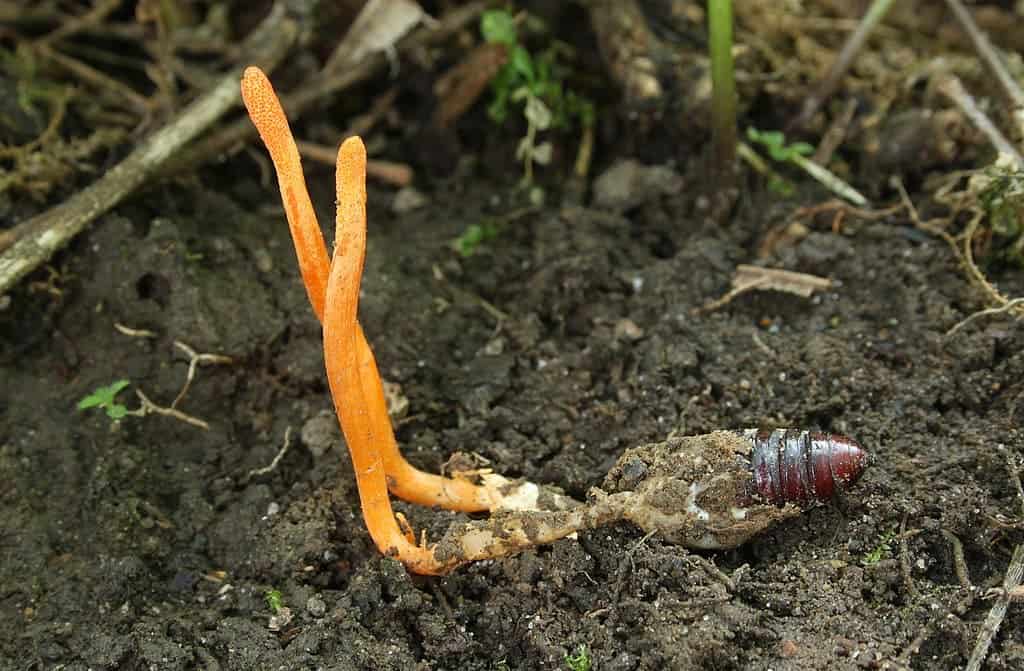The Cordyceps mushroom is best known for its frightening eating habits. It grows spores that infect insects and kill them, growing into fruiting bodies that sprout from the insects’ flesh. Gruesome, yes. But there’s more to Cordyceps than meets the eye. It also has significant medicinal potential, containing a bioactive compound that could be developed into new medications. Now, researchers may be finding a way to harness it.

“Cordycepin has diverse biological effects such as anticancer and anti-inflammation, several aspects that must be considered for the treatment of diseases,” Mi Kyeong Lee, a South Korean research and study author, said in a statement. “In addition, Cordyceps mushrooms may be widely used for prevention of diseases through immune enhancement.”
The problem is that Cordyceps is particularly difficult to find in the wild. This is why scientists have been trying to grow it in the lab, but without much success. They’ve used brown rice, a common experimental substitute for insects, but efforts to grow the fungus in the lab fell short until now. But a new study seems to have found a way around it — growing Cordyceps on the back of fatty insects.
Looking closer at the fungus
Cordyceps is an edible mushroom that grows on insects in natural environments. It’s been known to stimulate the immune system and treat metabolic problems, with anti-inflammatory, antioxidant, anti-aging, anticancer, and antibacterial effects. It has captivated much attention because of its therapeutic potential, with studies exploring how to take advantage of it — although overall, research is still thin.
Kyeong and his team from Chungbuk National University theorized that these mushrooms could grow better on richer sources of protein in the lab — namely, insects. They also believed that their diet would affect how large the fungi grew. They tested out different types of insects for two months, such as crickets, silkworm pupae, grasshoppers, and mealworms.
The results were largely varied, but all the insect-based fungi produced much more Cordycepin than the ones fed on rice. The best-performing insect, the Japanese rhinoceros beetle, produced about 100 times more than the rice, while the worst-performing one, the silkworm pupae, produced about three times more Cordycepin than the rice.
The researchers narrowed down the main factor to the insect’s fat content, especially their levels of oleic acid. The rhinoceros beetle insects were especially filled with it. The researchers then added oleic acid to the silkworm pupae, for example, and this improved cordycepin production by 50%, showing big potential for cordycepin production.
“The cultivation method of Cordyceps suggested in this study will enable the production of cordycepin more effectively and economically,” Lee said in a statement. “However, securing edible insects is not yet sufficient for scale-up to industrial level. It is also thought that more efficient production may be possible through the use of other insects.”
The study was published in the journal Frontiers in Microbiology.



